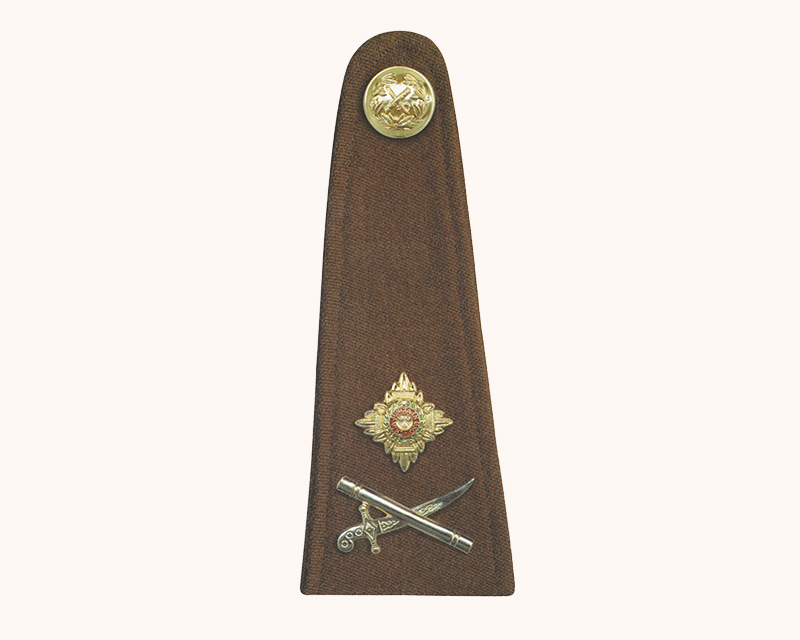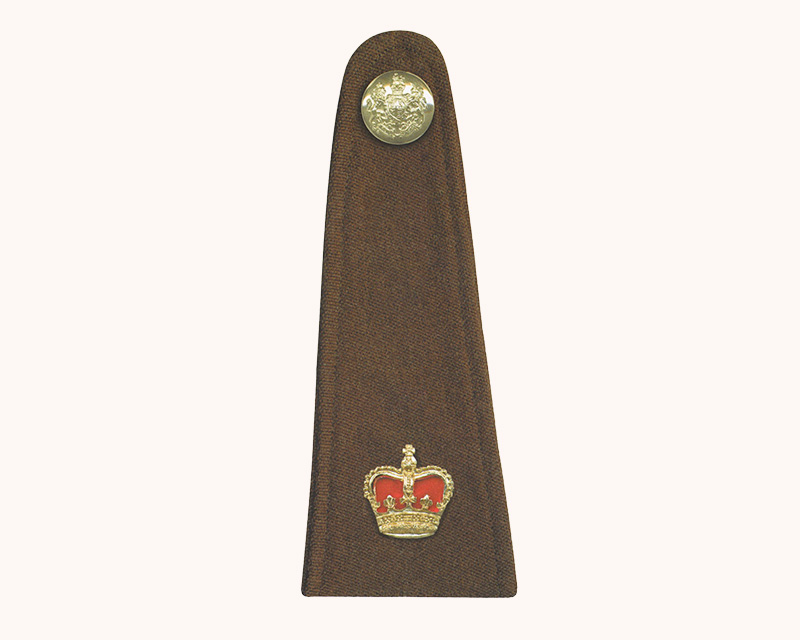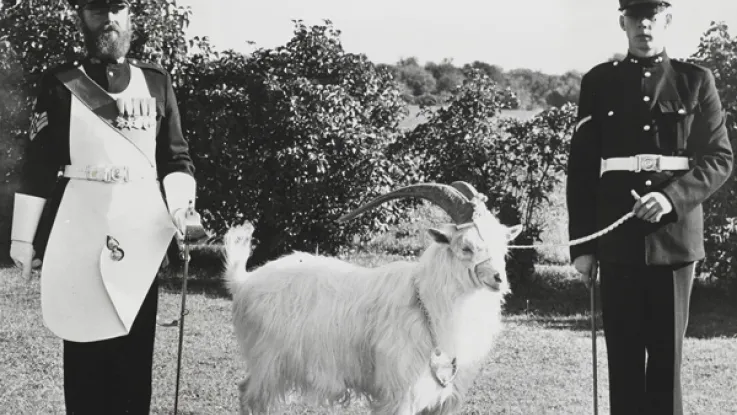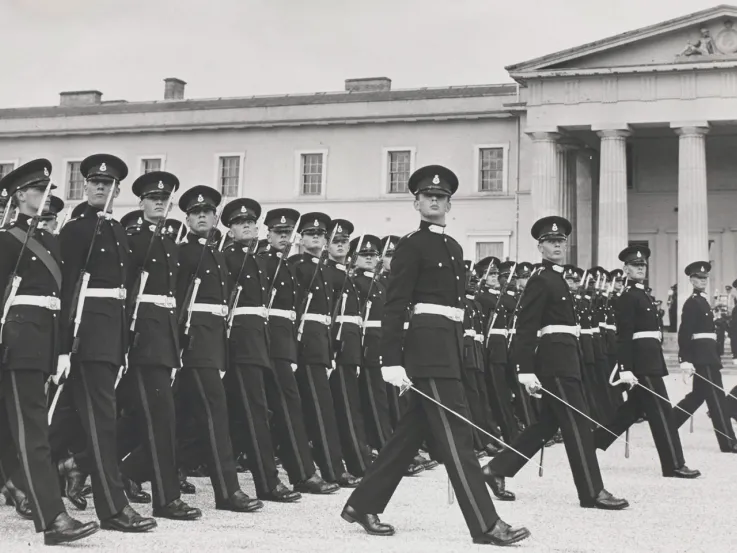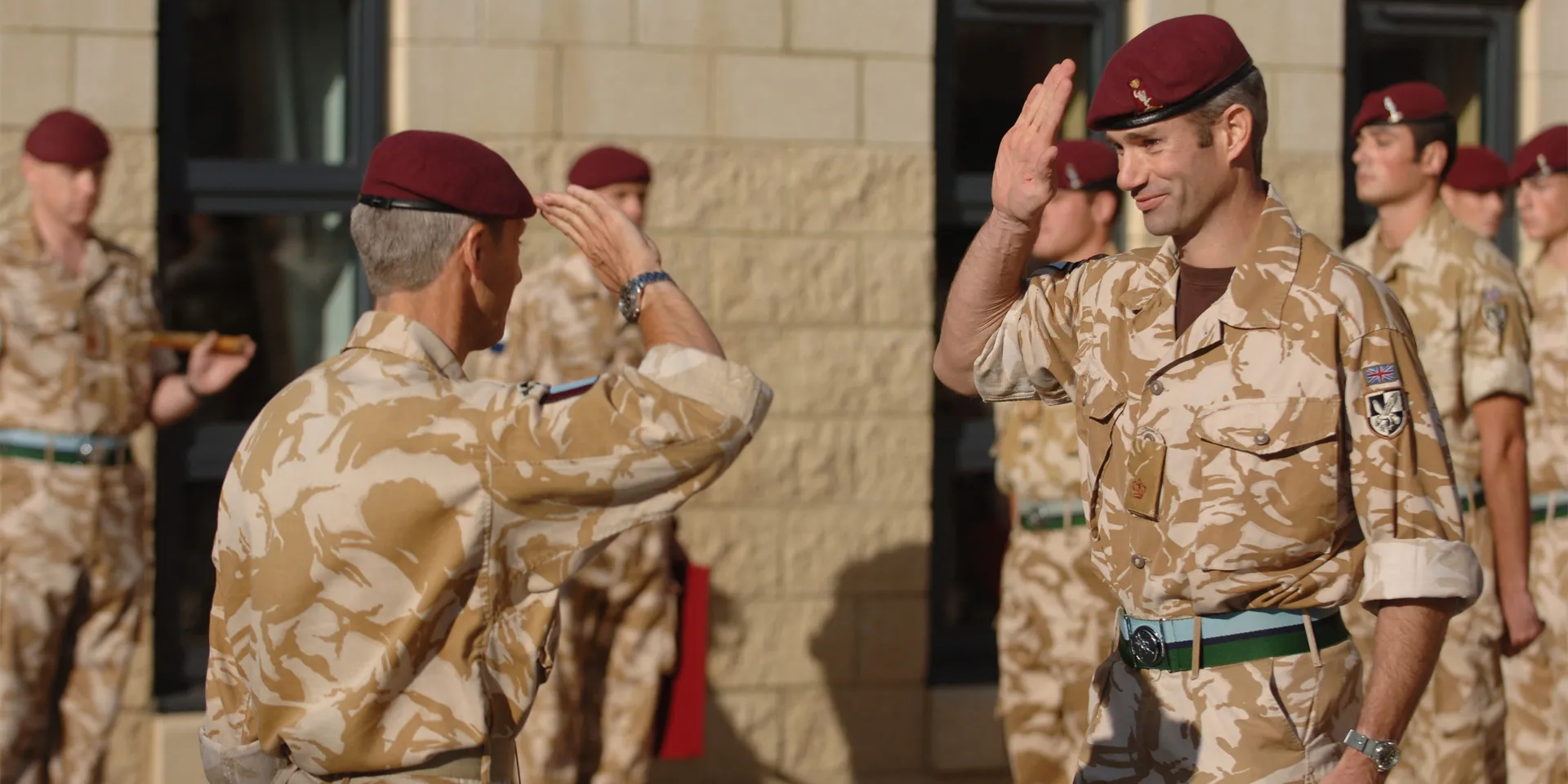
Officers salute at a parade for 216 Parachute Signals Squadron, Colchester, 2008
Officers and other ranks
There are two distinct tiers within the British Army’s rank structure: officers and other ranks.
All soldiers’ ranks are denoted by a title and a set of insignia. Officers usually wear their insignia on their shoulders or chest. Other ranks wear theirs on their sleeves.
Officers
Officers are at the top of the hierarchy. Their ranks indicate that they hold positions of authority, granted through a commission - a formal document of appointment signed by the monarch.

Brigadier J Crystal in North Africa, 1943. His rank badge is visible on his shoulder.

Brigadier Charlie Herbert in Sierra Leone during the Ebola Crisis, 2015. His rank is visible on his chest. (© Kate Holt)
Field Marshal
Two crossed batons in a wreath beneath a crown
Field marshal is the highest rank in the British Army. Throughout the 20th century, it was reserved for army and army group commanders in wartime, and retiring Chiefs of the General Staff. Peacetime promotions to the rank of field marshal have now been discontinued.

General
Crossed baton and sabre beneath a star and crown
A general commands an army or army corps. It is currently the highest rank granted in the British Army.
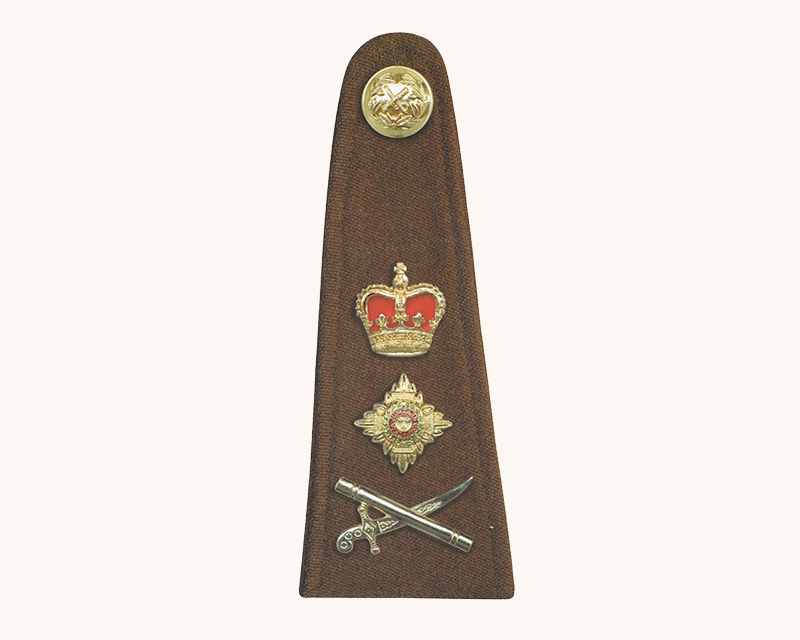
Lieutenant General
Crossed baton and sabre beneath a crown
A lieutenant general usually commands an army corps or a division.
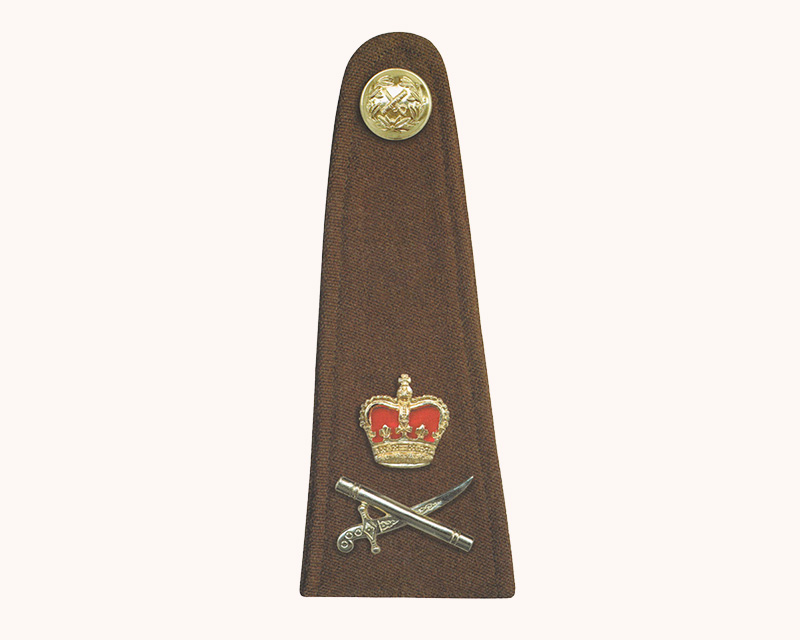
Brigadier
Three stars beneath a crown
A brigadier commands a brigade in the field or holds a senior staff appointment.
Originally, the rank was known as brigadier-general - the lowest general officer rank. But since the 1920s, it has been a field officer rank.
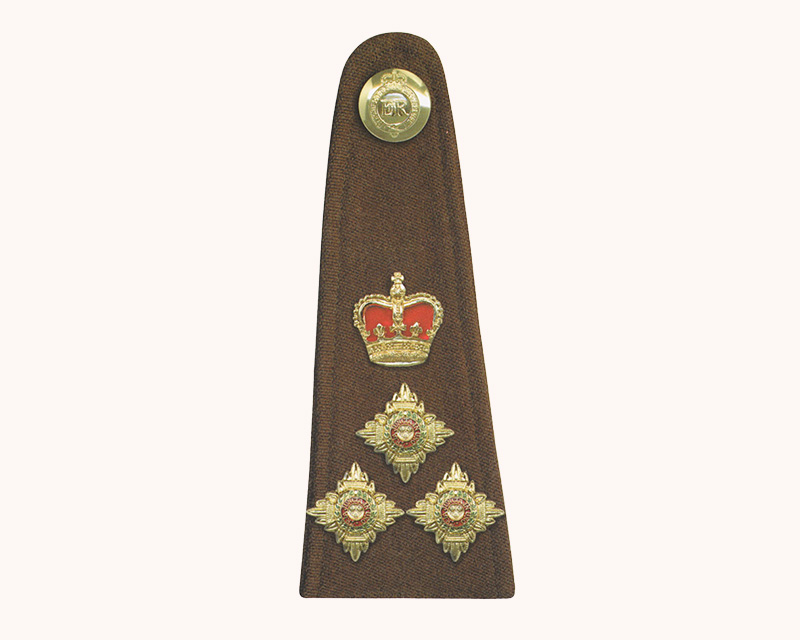
Colonel
Two stars beneath a crown
Colonels normally serve as staff officers (responsible for the Army's administrative needs) at divisional level and above, or in command of ad hoc groupings at sub-brigade level.

Key fact #1
The rank of colonel should not be confused with the colonel of the regiment. The latter role is usually performed by a retired general officer who has responsibility for the protection of a regiment's interests. This dates back to the 17th century, when colonels were responsible for equipping their own regiments.
Lieutenant Colonel
Single star beneath a crown
A lieutenant colonel commands an infantry battalion, artillery regiment or cavalry regiment. They are responsible for the unit both in the field and when stationed in barracks.
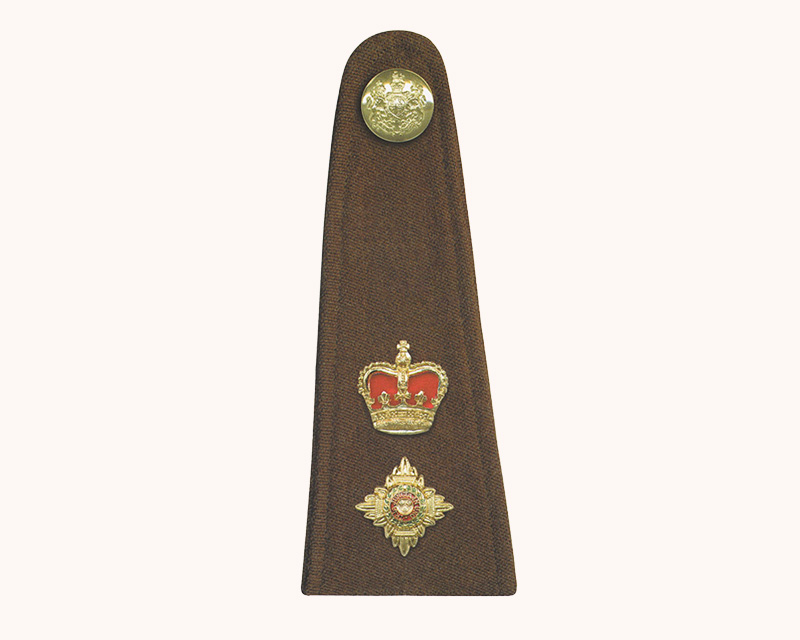

Lieutenant
Two stars
A lieutenant commands a platoon or troop, but with additional responsibilities above those of a second lieutenant.
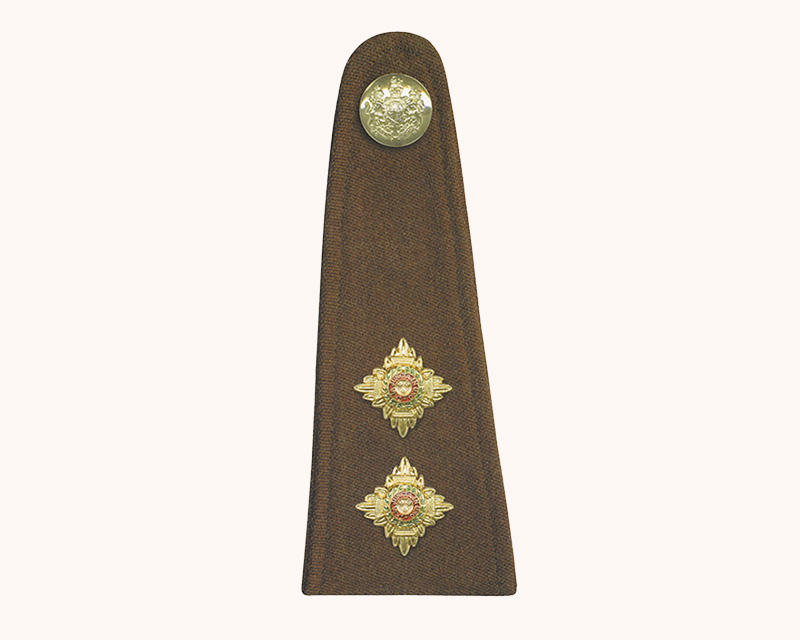
Second Lieutenant
Single star
This is the lowest commissioned officer rank in the British Army, commanding a platoon or troop.

Other ranks
Other ranks are the enlisted soldiers of the Army. They do not have a commission and they do not hold positions of high command. However, separate tiers of authority - warrant officer (WO) and non-commissioned officer (NCO) - exist within their rank structure.
Warrant Officer Class 1 (WO1)
Royal coat of arms, sometimes surrounded by a wreath (depending on appointment)
WO1 is the senior non-commissioned rank, with specialist roles in the technical and non-combatant services, in the combat and combat-support arms (responsible for discipline within the unit), and in war for its ammunition resupply and prisoner handling.
Appointments include conductor and regimental sergeant major.
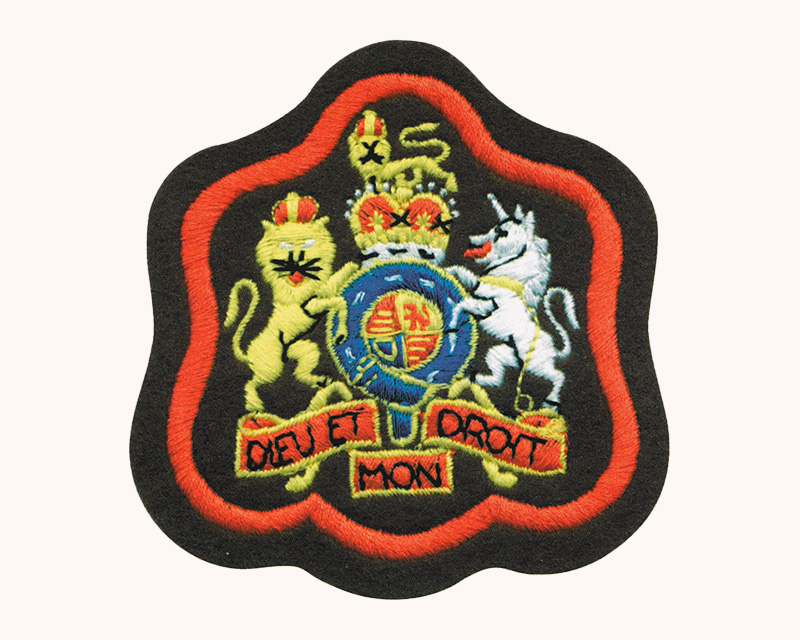
Warrant Officer Class 2 (WO2)
Crown, sometimes surrounded by a wreath (depending on appointment)
A WO2 has similar roles and responsibilities to a WO1, but at a sub-unit level (i.e. below the regimental level).
Appointments include company sergeant major and squadron sergeant major.
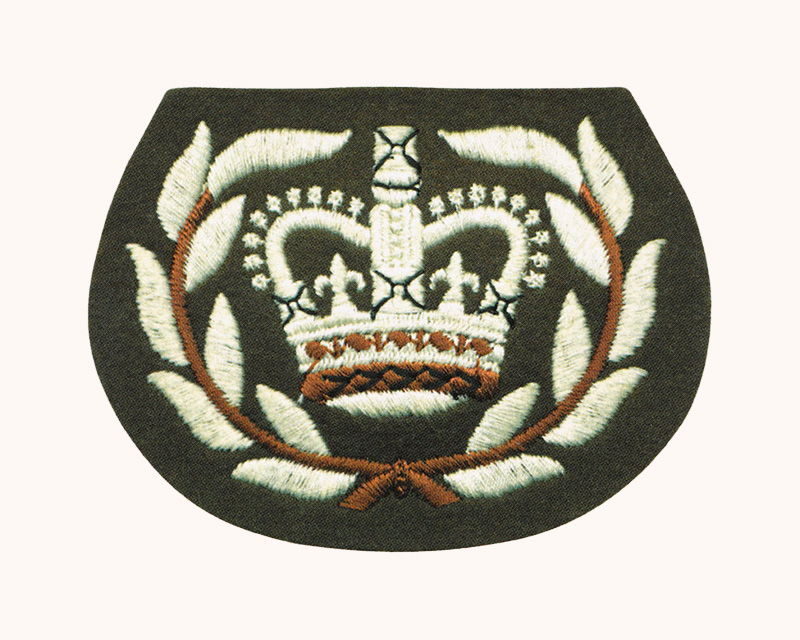
Key fact #2
The thing that distinguishes officers from other ranks is a commission. Warrant officers do not have a commission. Instead, their authority is granted through a warrant. Warrant officers must also be promoted to their position from a non-commissioned officer rank, like sergeant.
Staff Sergeant
Three chevrons beneath a crown
This is a non-commissioned officer rank with specific duties such as supply within the sub-unit - an appointment known as company quartermaster-sergeant (CQMS) or squadron quartermaster-sergeant (SQMS).
In infantry battalions, a CQMS is called a colour sergeant.
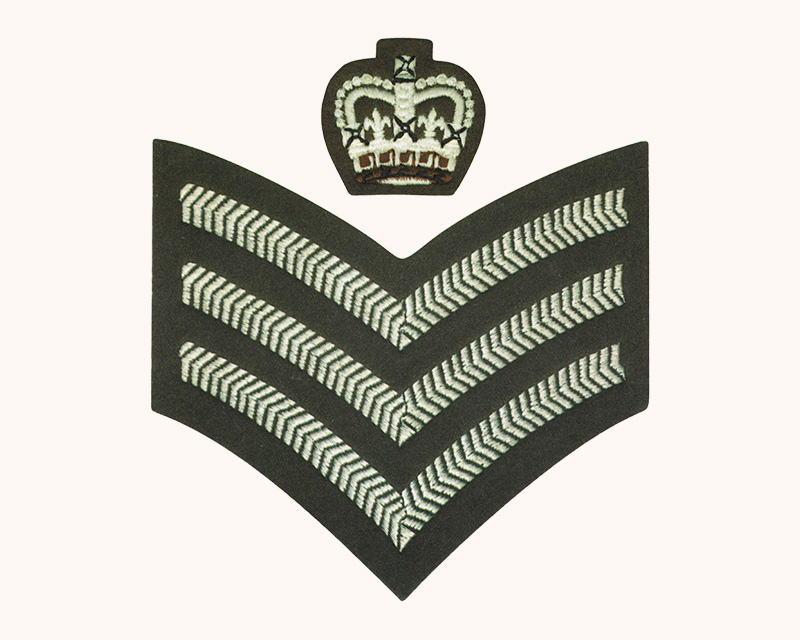
Sergeant
Three chevrons
This is the senior enlisted soldier within a platoon or troop, acting as a second-in-command. Some also have specialist roles.
In the Household Cavalry, the title corporal of horse is used.
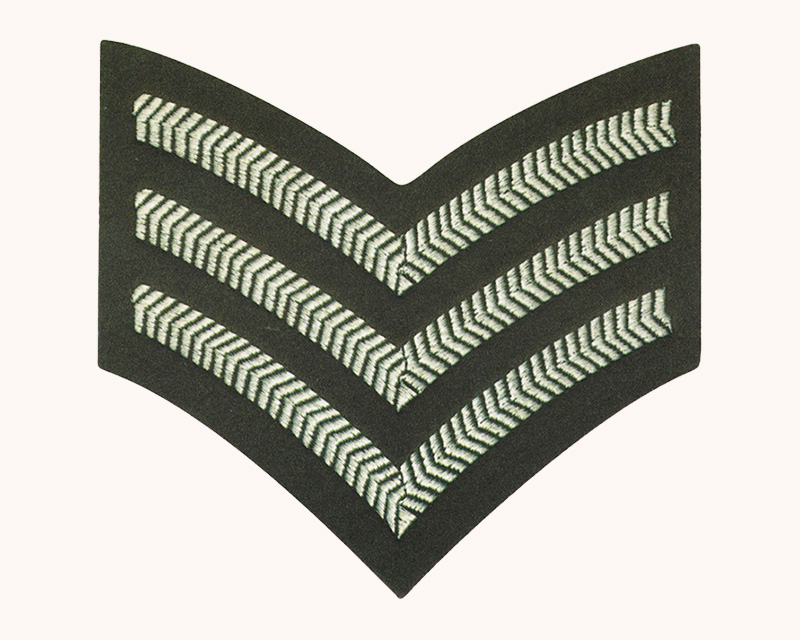
Corporal
Two chevrons
In most units, a corporal commands a section.
A corporal in the Royal Artillery is called a bombardier, and in the Guards a lance sergeant.
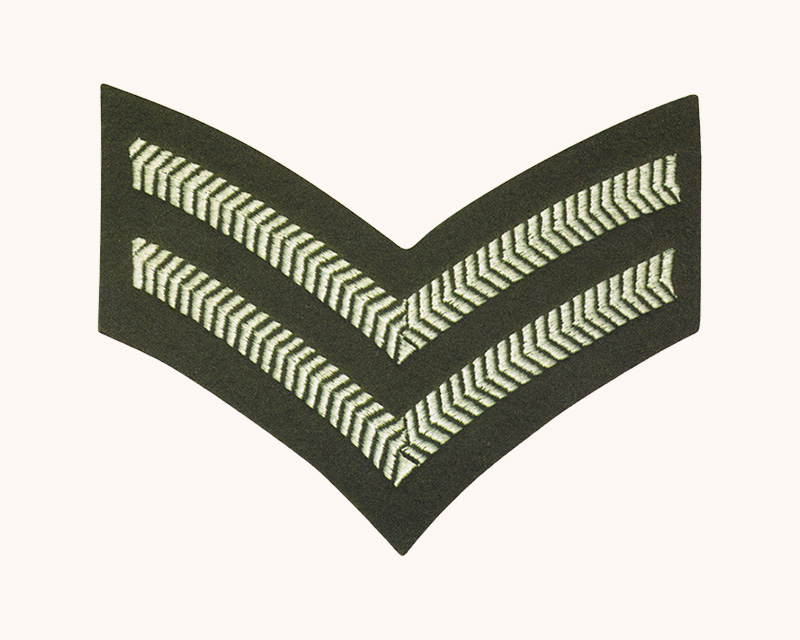
Lance Corporal
Single chevron
This is the lowest rank of non-commissioned officer. A lance corporal usually serves as second-in-command of a section. It is also a rank held by specialists such as clerks, drivers, signallers, machine-gunners and mortarmen.
A lance corporal in the Royal Artillery is called a lance bombardier.
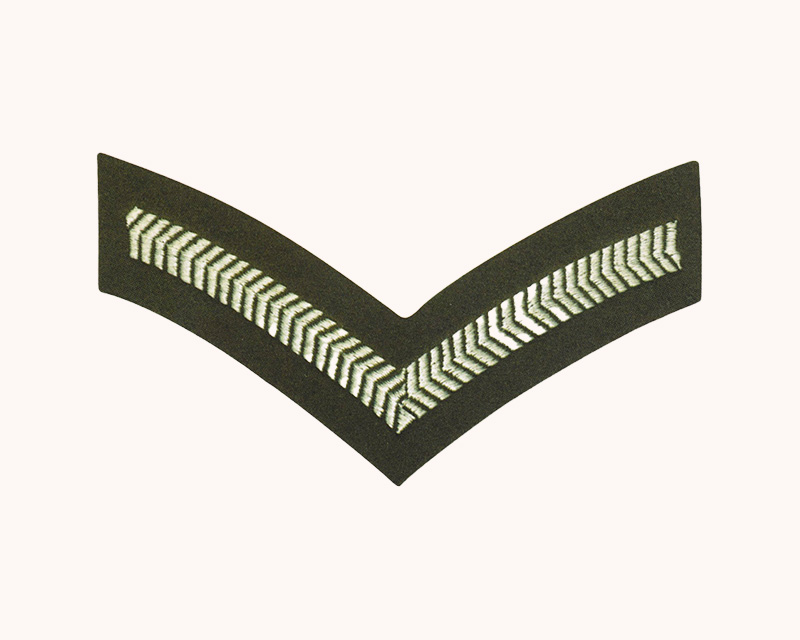
Private
No insignia
Private is the lowest rank of trained soldier.
Various regiments and corps have equivalent ranks such as trooper, gunner, guardsman, sapper, signalman, fusilier, craftsman and rifleman.

